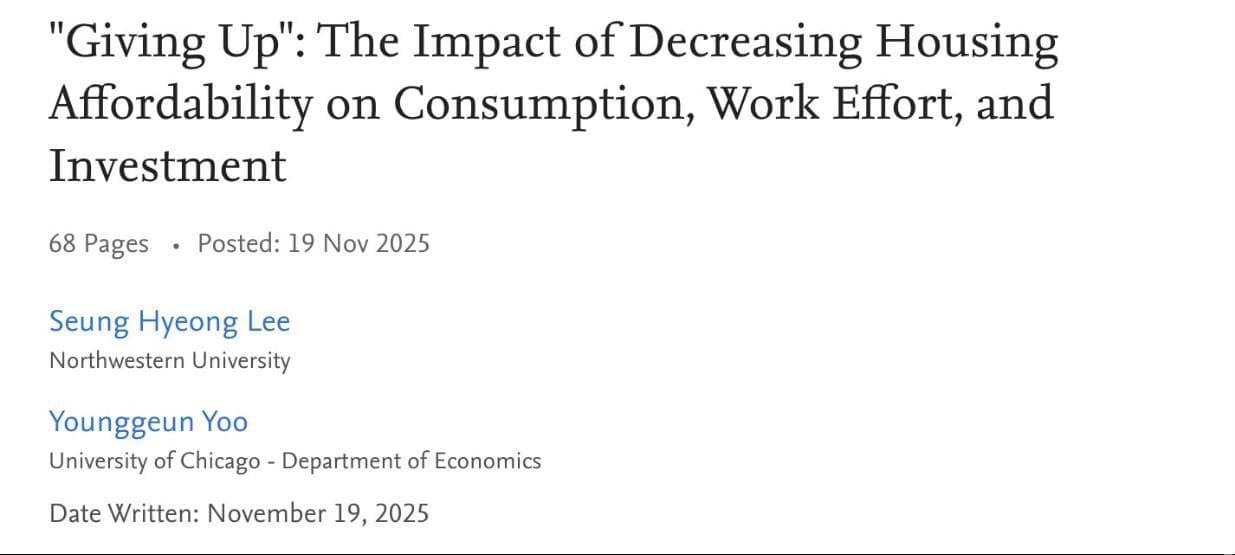U.S. imports plummeted by approximately 30% in the second quarter of 2025, a significant downturn attributed to the tariffs imposed during Donald Trump"s presidency. This sharp decline resulted in an unexpected boost to the country"s GDP, adding nearly five percentage points, despite no corresponding increase in domestic production.
The drop in imports means fewer goods were subtracted from the GDP calculation, effectively inflating the economic growth figures. Economists had anticipated a more complex relationship between tariffs and economic performance, but this stark data reveals the immediate effects of trade policies on national statistics.
Since the introduction of the tariffs, the U.S. economy has experienced fluctuations reminiscent of similar situations observed globally, such as the recent developments where the Indian rupee plummeted due to heightened trade barriers. The ongoing adjustments in international trade dynamics continue to shape economic landscapes worldwide.
As the economic implications of these tariffs unfold, analysts are keenly observing how reduced imports will affect consumer prices and domestic production in the coming months. The current economic climate raises questions about sustainability, with many wondering if this temporary boost can translate into long-term growth.








![[Video] Coast Guard sniper takes out narco-boat in Eastern Pacific](/_next/image?url=%2Fapi%2Fimage%2Fthumbnails%2Fthumbnail-1765029104101-04awi-thumbnail.jpg&w=3840&q=75)